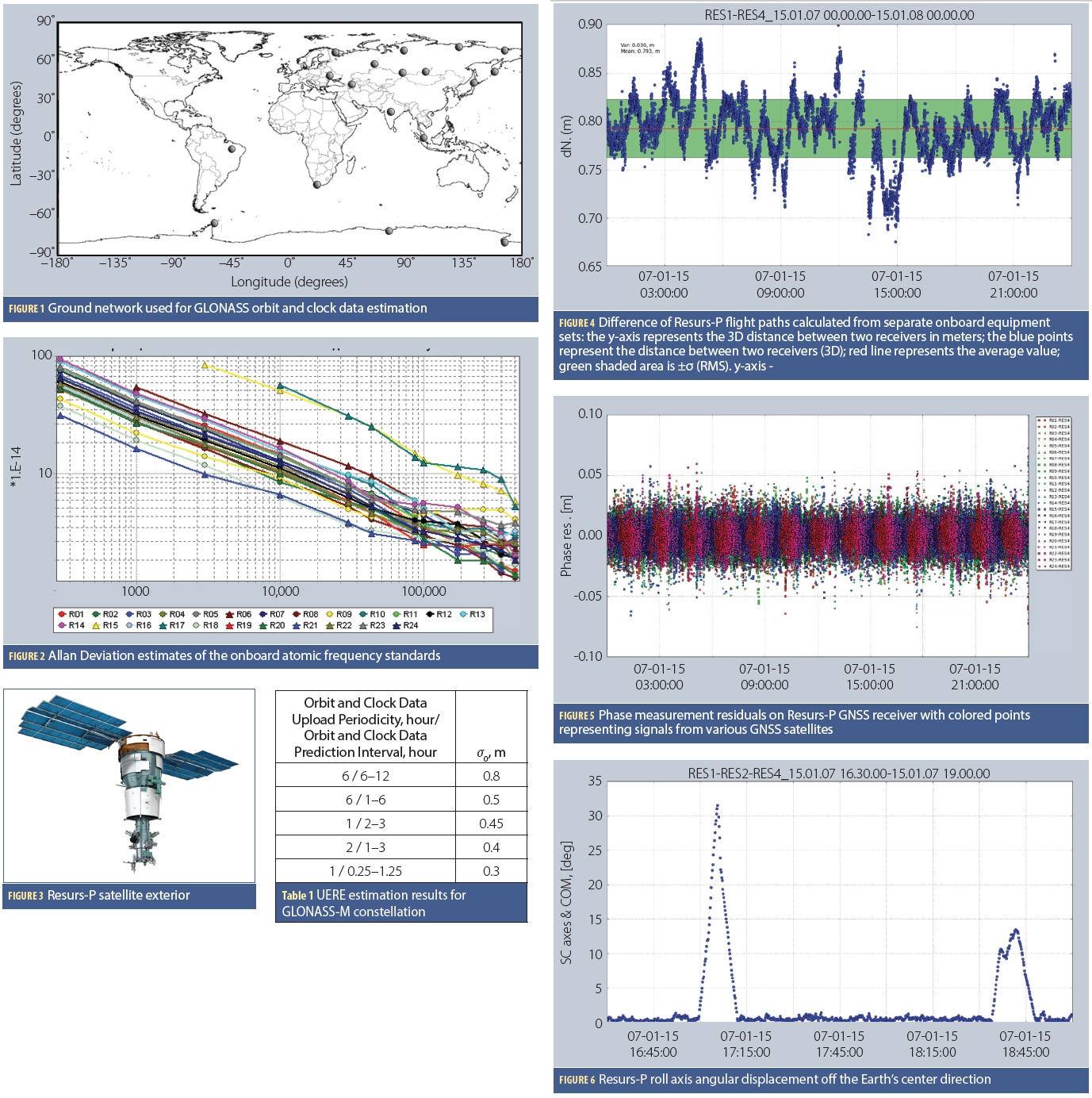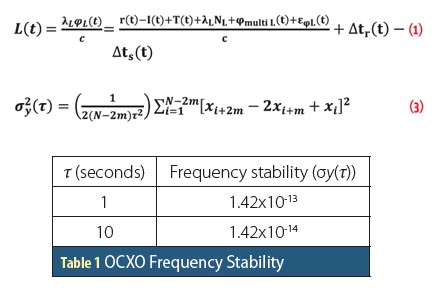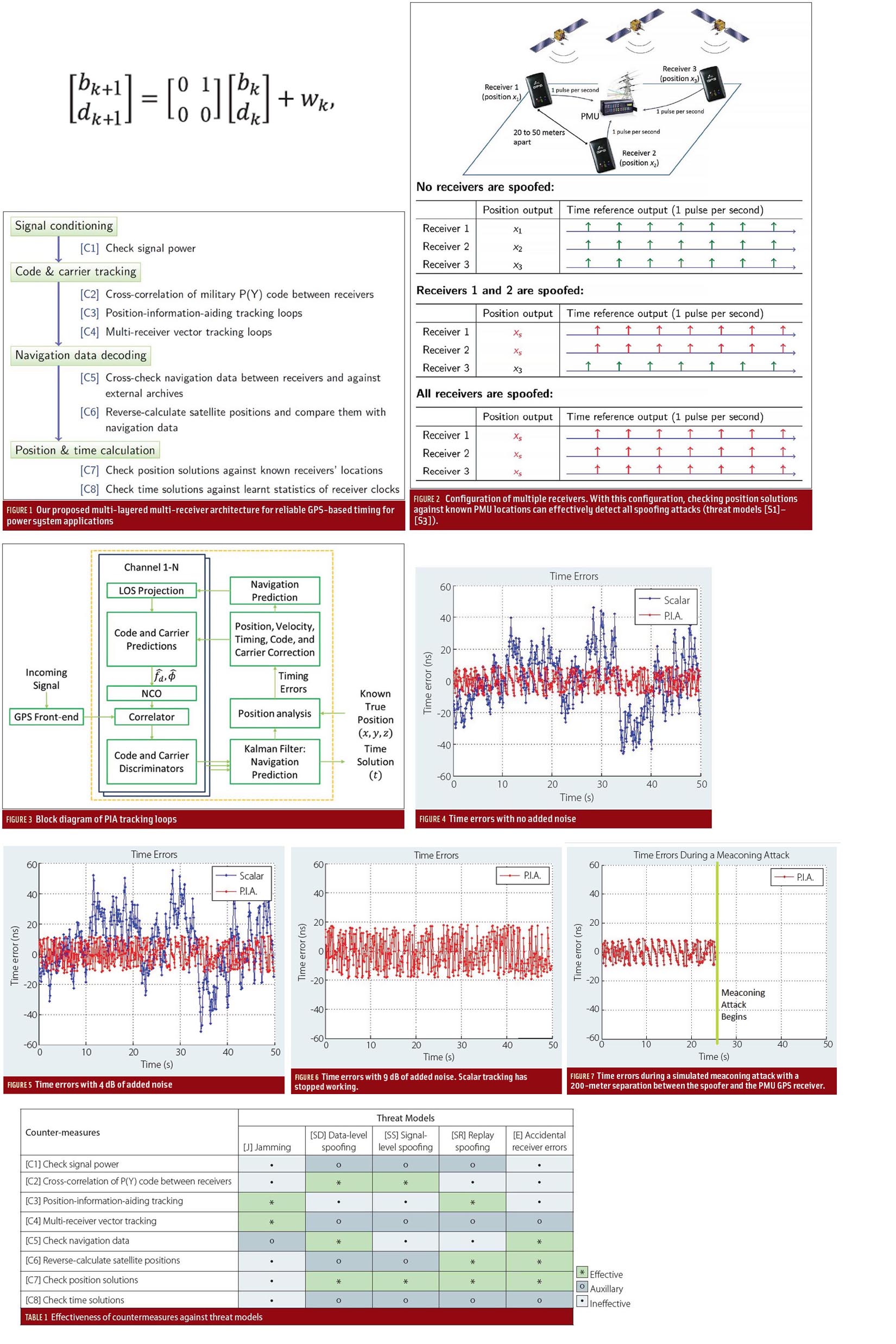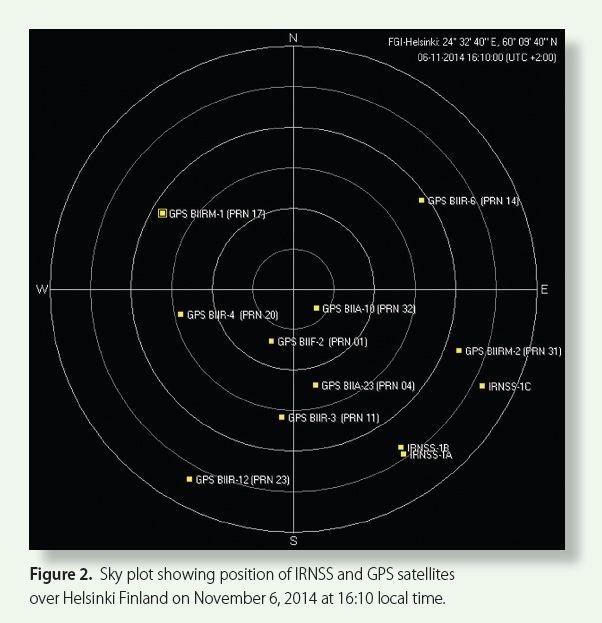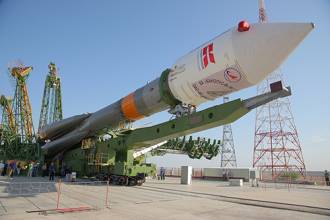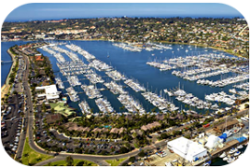Directorate Releases GPS III Phase 1 Vendor Feasibility RFP

The GPS Directorate at the Space and Missile Systems Center (SMC) released a request for proposals today (January 8, 2016) seeking proposals for the GPS III Space Vehicles 11+ Phase 1 Production Readiness Feasibility Assessment contract.
By Inside GNSS



